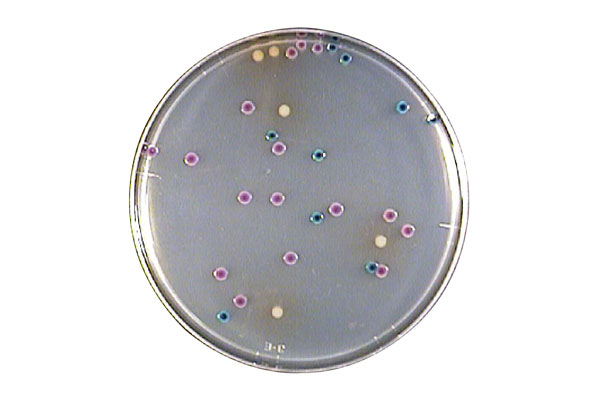An Introduction of Food and Water Microbiology
(2021年11月26日)https://www.elexbio.com/food-safety-microbiology-testing.html
https://www.elexbio.com/diluents-series/
Microbiology test in food industry is a discipline that studies microorganisms. Microorganisms include viruses, prokaryotes and simple eukaryotes. At present, the most important work in microbiology is done by biochemical and genetic methods. Since many pathogens (such as the four major pathogens that cause plant diseases: viruses, fungi, nematodes and bacteria) can be regarded as microorganisms in a broad sense, microbiology is also closely related to pathology, immunology and epidemiology.
Microbiology includes many things. Today, AL will explain the relevant knowledge of swab sampler and diluent water microbiology.
1. Food Microbiology
Culture media for food microbiology is a branch of microbiology, a science that mainly studies microorganisms and food manufacturing and preservation. This subject involves a variety of microorganisms such as viruses, bacteria and fungi. In addition to studying the general biological characteristics of these microorganisms, it also discusses their food-related properties. With the rapid development of microbiology and life sciences, food microbiology has also gained a lot of new knowledge and technologies, and applied these new knowledge and technologies to produce more nutritious and safe foods.
In fact, human beings have a long history of using microorganisms to make food. In the 'Qi Min Yao Shu' (533 ~ 544) of the Northern Wei Dynasty in China, it was recorded that the food was produced by using microorganisms. From 1857 to 1876, French scientist L. Pasteur conducted scientific research on the fermentation of alcohol, lactic acid and acetic acid. In 1876, German doctor R. Koch confirmed that Bacillus anthracis was the pathogen of anthracnose, clarifying the relationship between microorganisms and infectious diseases. In the 1880s, scientists successively discovered intestinal pathogenic bacteria such as typhoid fever and cholera, and gradually established hygiene. With the development of food industry and industrial microbiology, food microbiology finally appeared.
2. Water Microbiology
The content of water microbiology includes basic knowledge of microbiology such as viruses, prokaryotic microorganisms, eukaryotic microorganisms, nutrition and metabolism of microorganisms, growth and reproduction and genetic variation of microorganisms, and ecology of microorganisms; microbiology principles of biological treatment of drinking water and wastewater; This discipline introduces the new technology of water treatment with microorganisms, and explains the biological agents and bioremediation technology systematically and detailedly, which is informative and practical.
Water microbiology is not only a compulsory course for students majoring in water supply and drainage engineering, environmental science, environmental engineering, environmental monitoring, etc., but also can be used as a reference for related scientific researchers, designers, and engineers.
That is the introduction of food and water microbiology and I hope it will be helpful to you.
- このできごとのURL:



コメント